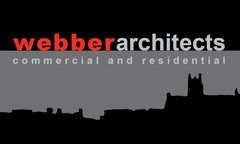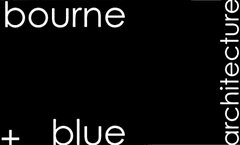dwp|suters (Newcastle)

Suters Architects is a multi-disciplinary architecture practice with 150 staff across five offices in Sydney, Melbourne, Newcastle, Brisbane and Cairns. Specialised expertise has been developed in a wide range of project types and Suters is an industry leader in ecologically sustainable development. Projects with values of up to AUD$180m have been successfully completed by various procurement methods and our buildings have been praised for their innovation, aesthetics and functionality. Key sectors are Health, Education, Commercial, Civic, Leisure, Residential, Retail and Industrial. Associated services include interior design, urban planning and adaptive re-use.
Driving directions to dwp|suters (Newcastle) on map
dwp|suters (Newcastle) on Google Maps
Projects:
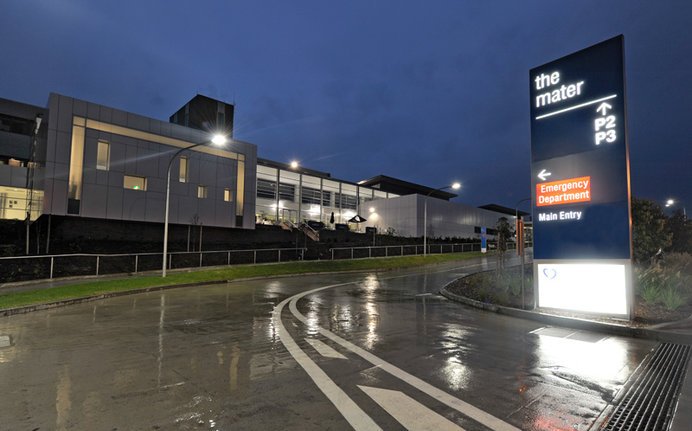
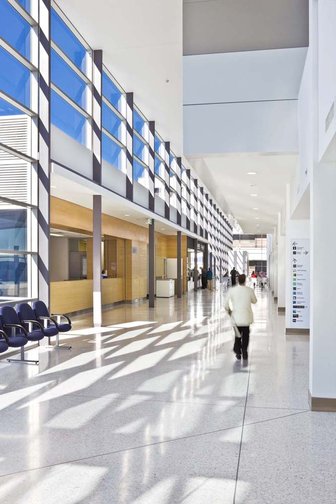
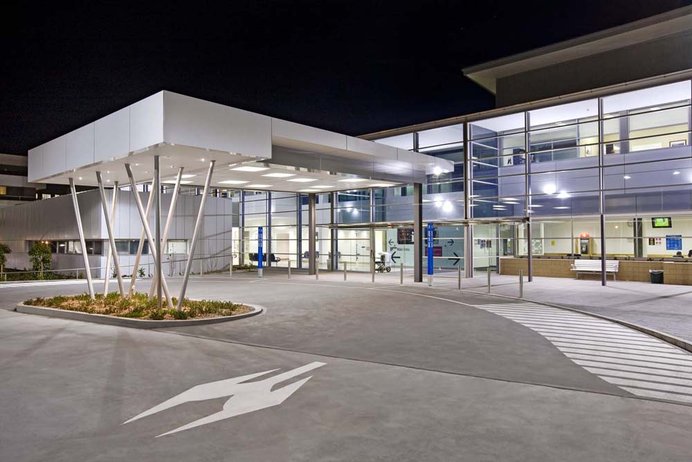

Mater Hospital
Waratah NSW, 2009
Suters, in association with PTW, provided the urban design, architectural, health-planning and interior design for the PPP redevelopment of the Calvary Mater Hospital. We created a masterplan which gave the site cohesion as well as flexibility for future changes, with the completed design providing a stimulating and pleasing environment for staff, patients and visitors. The design sought to find a balance between the fundamental health planning relationships, with their resultant building massing, and the generation of architectural built forms which simultaneously identify, link and unify, all while reducing the institutional appearance. A further objective was to address the relationship of the Mater to the surrounding residential neighbourhood. The building set-back and form break-ups, combined with the site gradually stepping-up, help to establish a relationship with the existing heritage buildings. Landscaping assists in unifying the entire site. The original hospital had problematic circulation and therefore a major influence on the design was improved patient flow and wayfinding. The ‘Hospital Street’ became an important element, providing a major connection between the two co-located hospitals. It identifies the entry and creates a large, three-storey linking volume with a south-east aspect, forming the spine of the building.
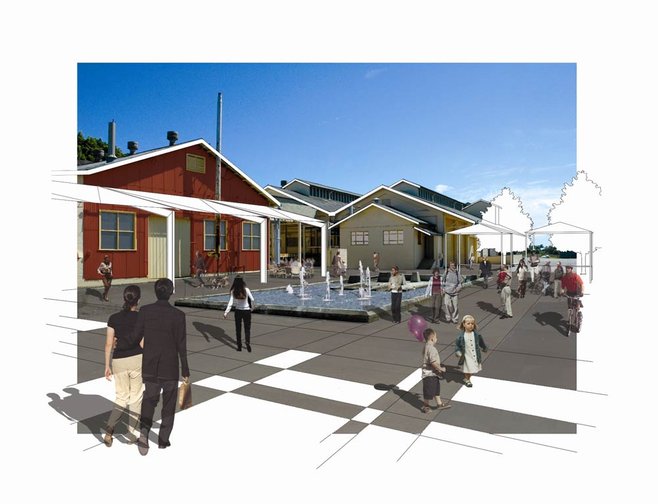
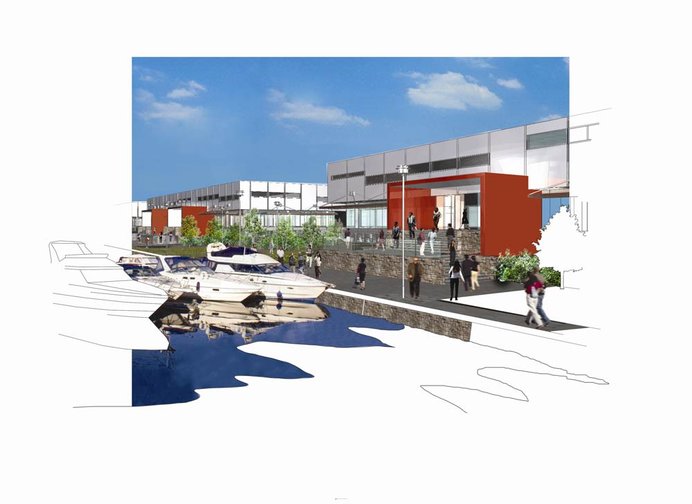
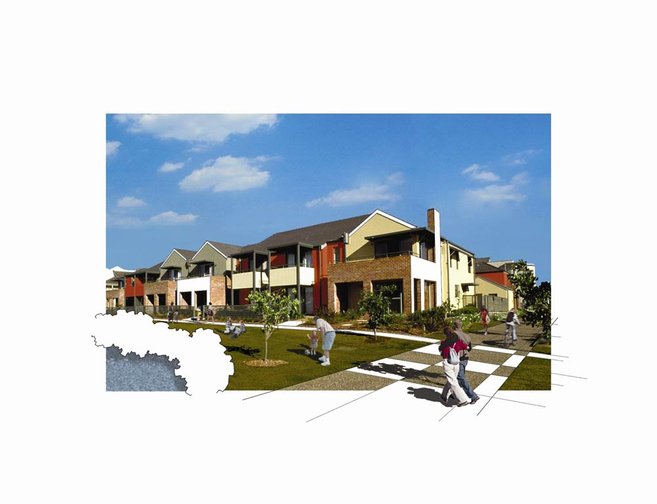
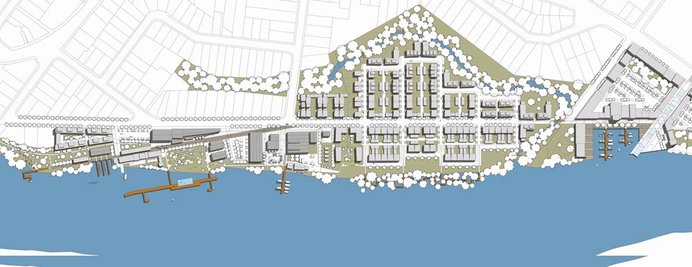
Taree Master Planning
Taree NSW,
The Figtrees on the Manning Masterplan provides a unique opportunity for Taree to create a vibrant and major mixed-use waterfront development that will help consolidate the city as a major regional centre. The project represents the joint venture between Greater Taree City Council and three major land owners of the site and has seen significant involvement from the community in developing the urban design solution for the area. There will be a range of development outcomes defined via five distinct but complimentary precincts which will include commercial and retail outlets, residential units, cultural facilities, public domain, growers’ markets, and a commercial marina. The commercial marina and a proposed ‘boatel’, will encourage boating use of the Manning River, and the heritage qualities of the site will be redefined by the reuse of several former maritime and dairy buildings. Similarly, the old railway alignment will be retained as a cycle and pedestrian pathway through the site. The development will underpin revitalisation of the site and allow a range of wonderful outcomes for the public. Overall the vision is to create a distinctive and vital urban redevelopment area with a quality public domain while optimising the utilisation of this impressive waterfront location.
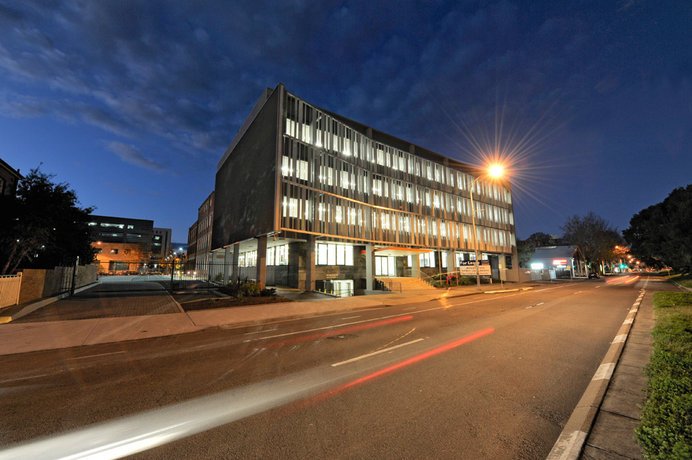
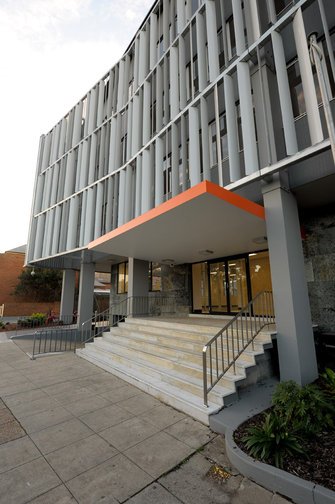
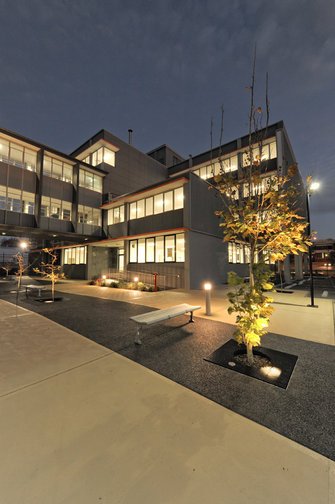
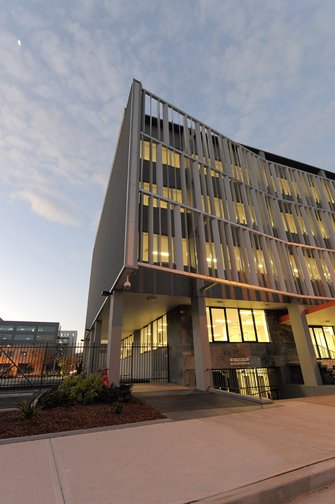
City Exchange
Newcastle NSW, 2008
Having developed over a 90 year period, the 5300m2 site of ‘City Exchange’ represents one of the largest single ownership lots in inner city Newcastle, and is therefore as much an urban design project as it is a commercial project. Review of the five buildings on the site informed the decision to update the 4 storey, 1960s King Street building (2800m2) for commercial or institutional purposes. While minimal change was made to the interiors, the urban identity of the fa’ade was redesigned following analysis of the building’s relationship to the street as well as surrounding buildings and public spaces. A cranked steel frame of louvers corrects the misalignment of the building to King Street, but also gives City Exchange a new, contemporary public face. The louvers further provide sun protection from afternoon sun, while allowing natural lighting. Connectivity between King and Hunter Street was re-invigorated by the demolition of the HCU Building, creating a view corridor which has been further enhanced by new soft and hard landscaping. Internally, large light-filled open spaces are suitable for open plan offices. Possible uses could be premises for medium to large sized businesses, or to house a university faculty’s academic offices, tutorial rooms, library etc. Final refurbishment will occur upon the engagement of a major tenant.



